What Is Neutral Density Filter Used For?
Neutral Density (ND) filters are essential tools in the arsenal of photographers and videographers. These filters are designed to reduce the amount of light entering the camera lens without affecting the color balance of the scene. This capability opens up a range of creative and technical possibilities, making ND filters indispensable for various shooting scenarios. In this article, we will delve into the practical uses of ND filters, their types, and how they can enhance your photography and videography.
Understanding Neutral Density Filters
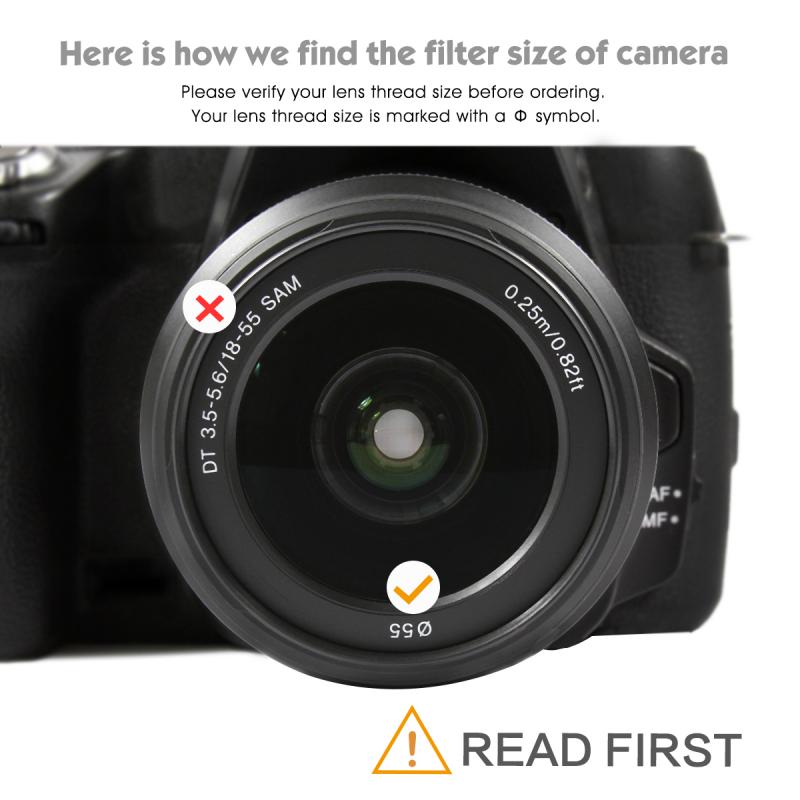
At its core, a Neutral Density filter is a piece of glass or resin that is uniformly darkened to reduce light transmission. Unlike other filters that may alter the color or contrast of an image, ND filters are designed to be "neutral," meaning they do not affect the color balance. This neutrality is crucial for maintaining the natural look of the scene while controlling exposure.
Types of Neutral Density Filters
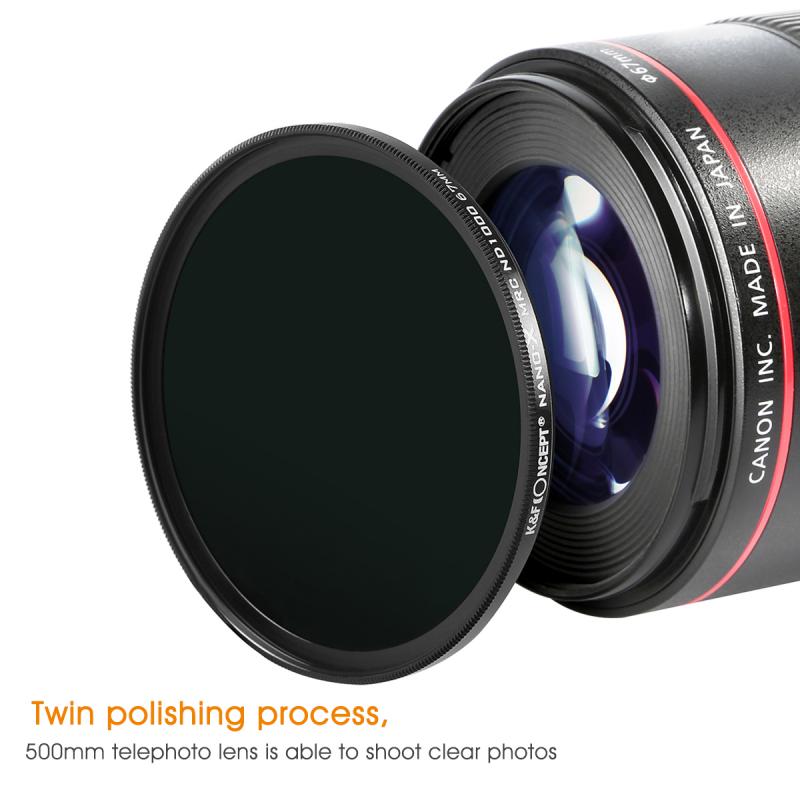
ND filters come in various strengths, typically measured in stops. Each stop represents a halving of the light entering the lens. Common ND filter strengths include ND2 (1 stop), ND4 (2 stops), ND8 (3 stops), and so on. There are also variable ND filters, which allow you to adjust the density by rotating the filter, providing a range of stops in a single filter.
Practical Uses of ND Filters
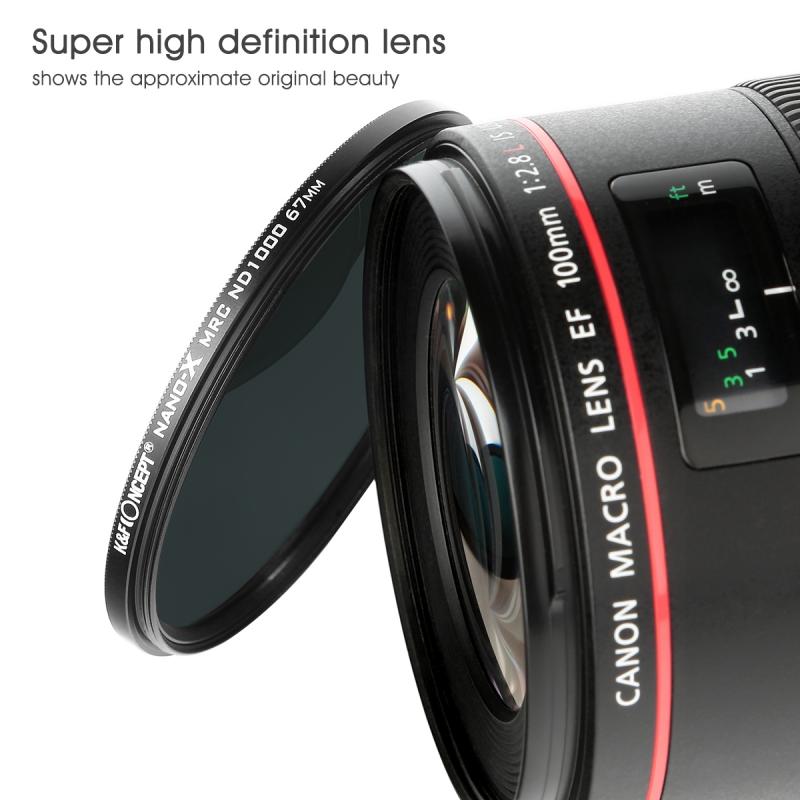
1. Long Exposure Photography
One of the most popular uses of ND filters is in long exposure photography. By reducing the amount of light entering the lens, ND filters allow photographers to use slower shutter speeds even in bright conditions. This technique is particularly useful for capturing motion in scenes such as flowing water, moving clouds, or bustling city streets. The result is a smooth, ethereal effect that adds a dynamic element to the image.
For example, photographing a waterfall during the day without an ND filter would require a fast shutter speed to avoid overexposure, resulting in a frozen, static image. With an ND filter, you can use a slower shutter speed to blur the water, creating a silky, flowing effect that conveys motion and time.
2. Controlling Depth of Field
ND filters are also valuable for controlling depth of field in bright conditions. In portrait photography, for instance, you might want to use a wide aperture (e.g., f/1.8) to achieve a shallow depth of field and blur the background. However, in bright sunlight, this wide aperture could lead to overexposure. An ND filter reduces the light entering the lens, allowing you to use a wide aperture without overexposing the image.
3. Video Production
In videography, maintaining a consistent shutter speed is crucial for achieving a natural motion blur. The 180-degree shutter rule suggests that the shutter speed should be double the frame rate (e.g., 1/50th of a second for 25 fps). In bright conditions, this can result in overexposure. ND filters help videographers maintain the desired shutter speed and aperture settings without compromising exposure, ensuring smooth and cinematic footage.
4. Balancing Exposure in High-Contrast Scenes
ND filters can also be used to balance exposure in high-contrast scenes. For example, when shooting landscapes, the sky is often much brighter than the foreground. Graduated ND filters, which are darker at the top and gradually transition to clear at the bottom, can help balance the exposure between the sky and the land, preserving details in both areas.
Choosing the Right ND Filter
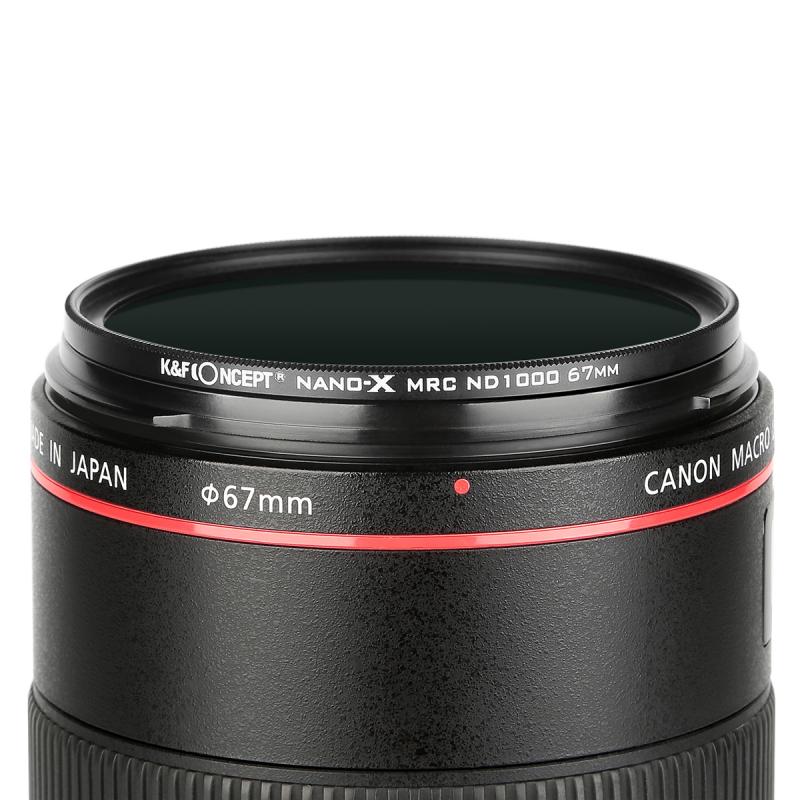
Selecting the appropriate ND filter depends on the specific requirements of your shoot. Here are some factors to consider:
- Strength: Determine the number of stops needed based on the lighting conditions and the desired effect. For long exposure photography, stronger ND filters (e.g., ND64 or ND1000) are often required.
- Type: Decide between fixed ND filters and variable ND filters. Fixed ND filters offer consistent density, while variable ND filters provide flexibility but may introduce issues like cross-polarization at extreme settings.
- Quality: Invest in high-quality ND filters to avoid issues such as color cast, vignetting, or loss of sharpness. Reputable brands like B+W, Hoya, and Lee Filters are known for their optical quality.
Tips for Using ND Filters
To get the most out of your ND filters, consider the following tips:
- Use a Tripod: Long exposure photography often requires slow shutter speeds, making a tripod essential to avoid camera shake and ensure sharp images.
- Compose Before Attaching the Filter: ND filters, especially strong ones, can make it difficult to see through the viewfinder or LCD screen. Compose your shot and focus before attaching the filter.
- Use a Remote Shutter Release: To minimize camera shake, use a remote shutter release or the camera's self-timer function when shooting long exposures.
- Check for Light Leaks: Ensure that no light is entering the camera from the viewfinder or other openings, as this can affect the exposure. Some cameras have a viewfinder cover for this purpose.
Neutral Density filters are versatile tools that can significantly enhance your photography and videography. Whether you're aiming for the dreamy effect of long exposures, controlling depth of field in bright conditions, achieving cinematic video footage, or balancing exposure in high-contrast scenes, ND filters provide the flexibility and control needed to achieve your creative vision. By understanding the different types of ND filters and how to use them effectively, you can elevate your work and capture stunning images and videos in a variety of lighting conditions.


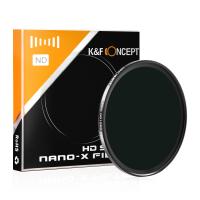

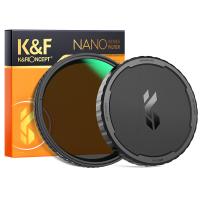

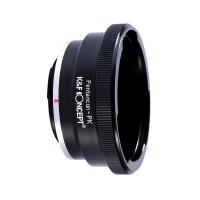


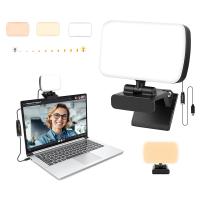





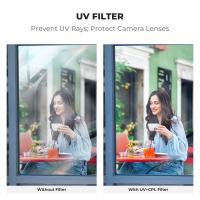
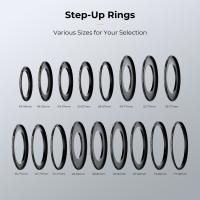
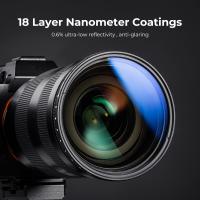

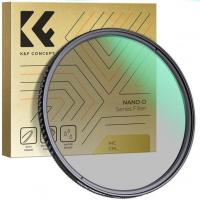

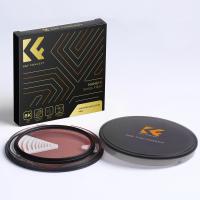
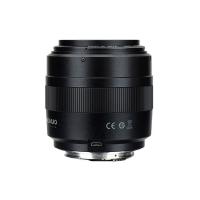

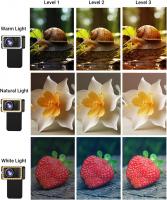





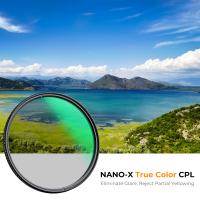
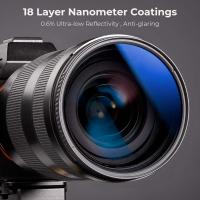
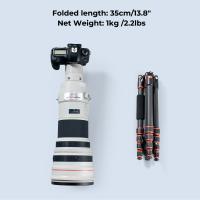

There are no comments for this blog.